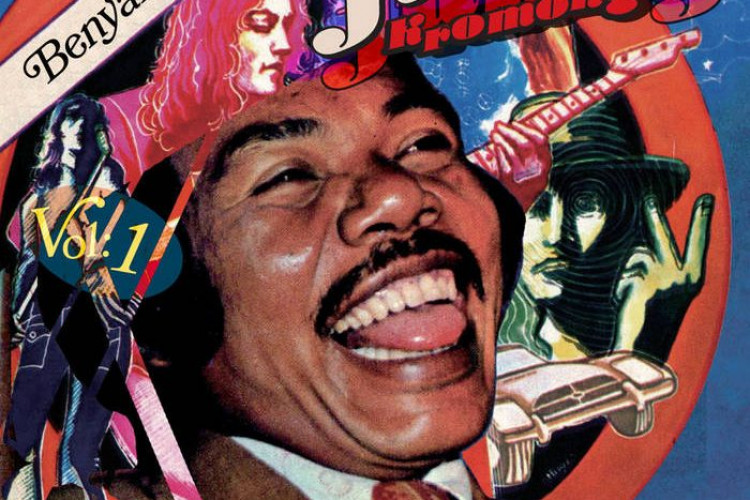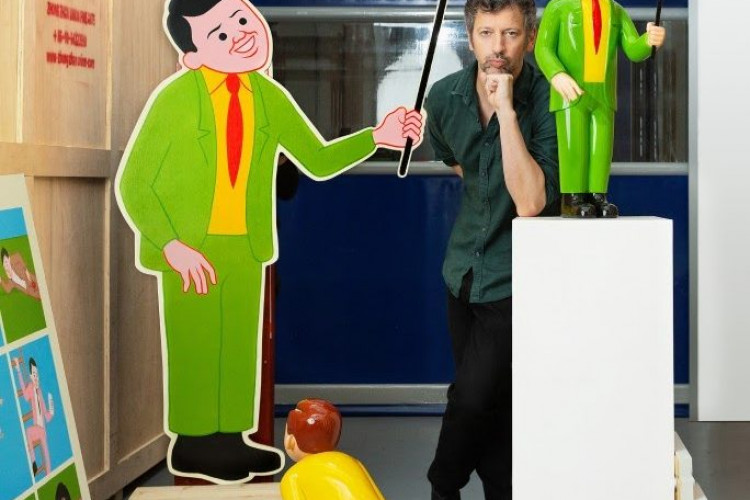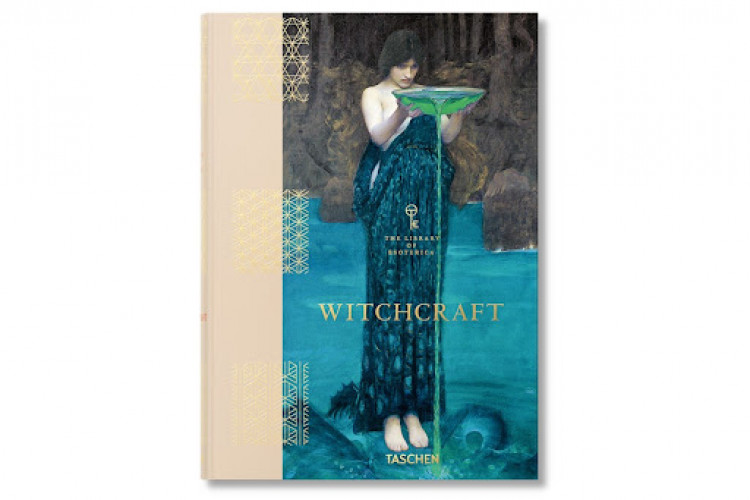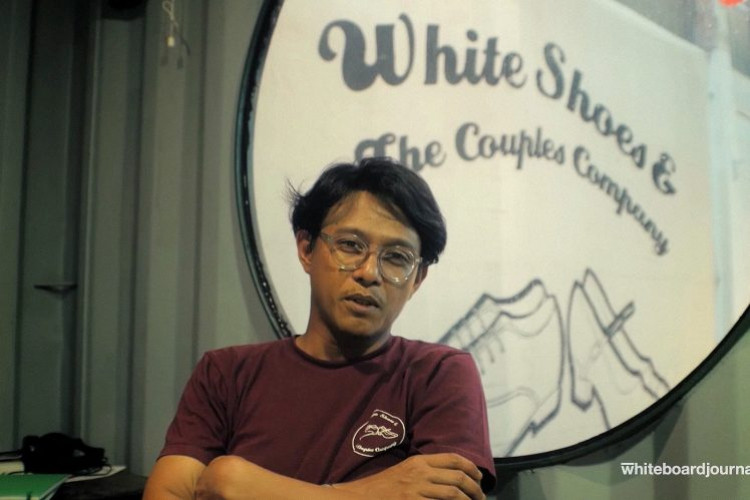Aku Diponegoro
A Prince for All Seasons: Diponegoro in the Memory of the Nation.
by Ken Jenie

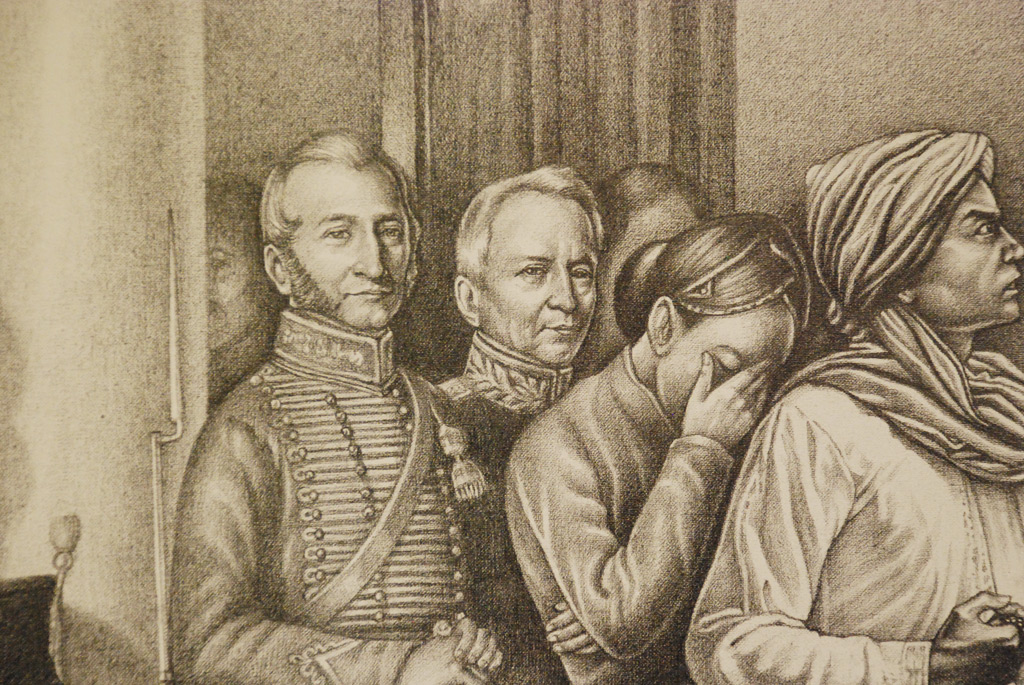

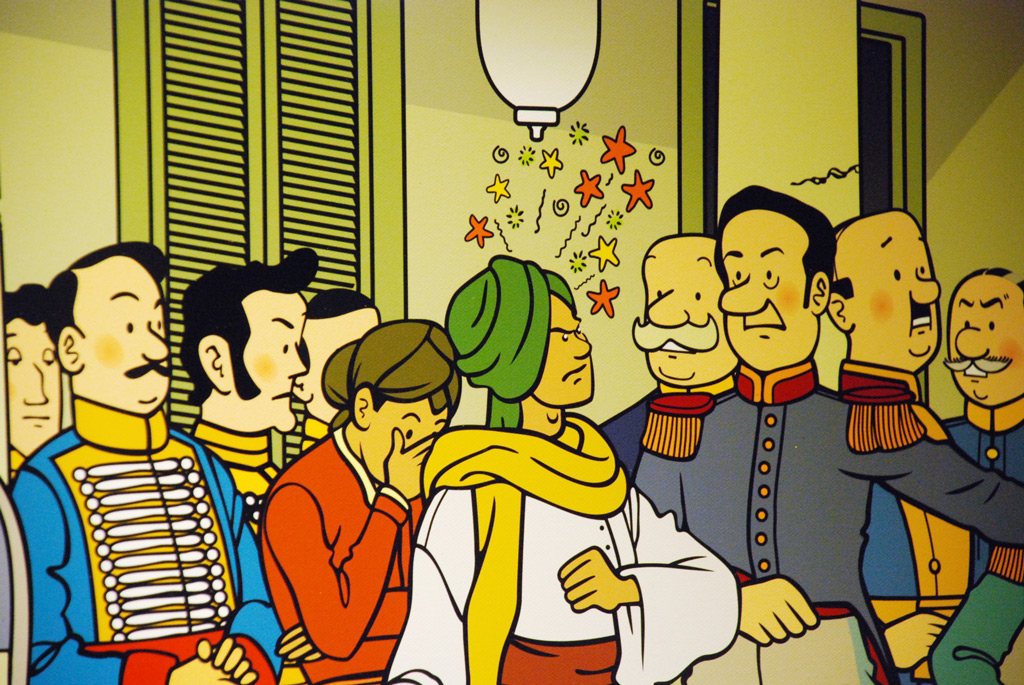

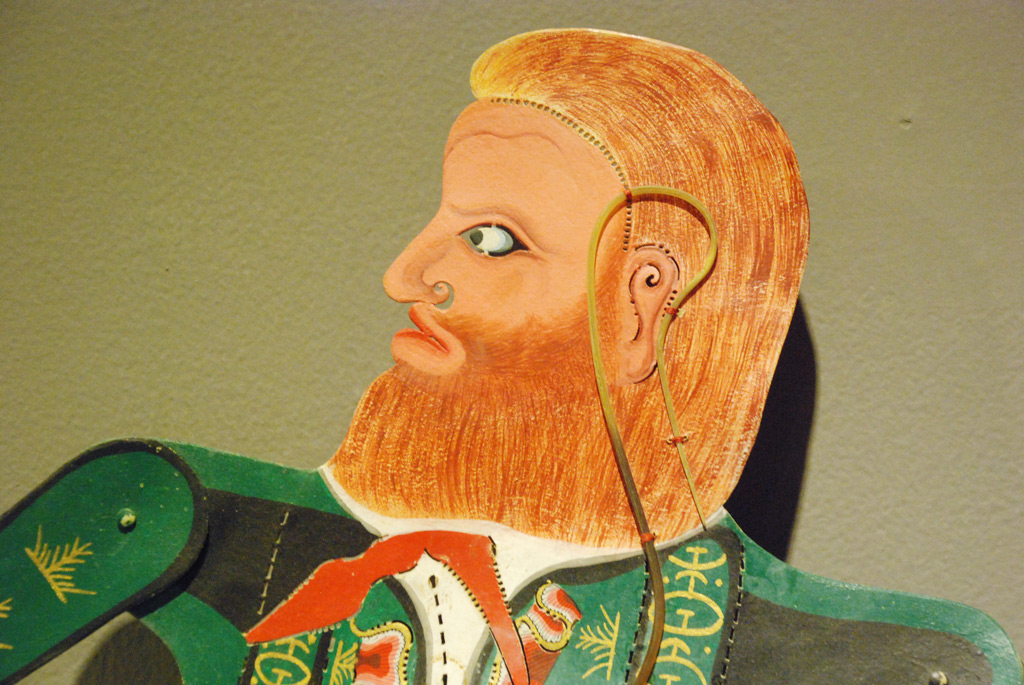
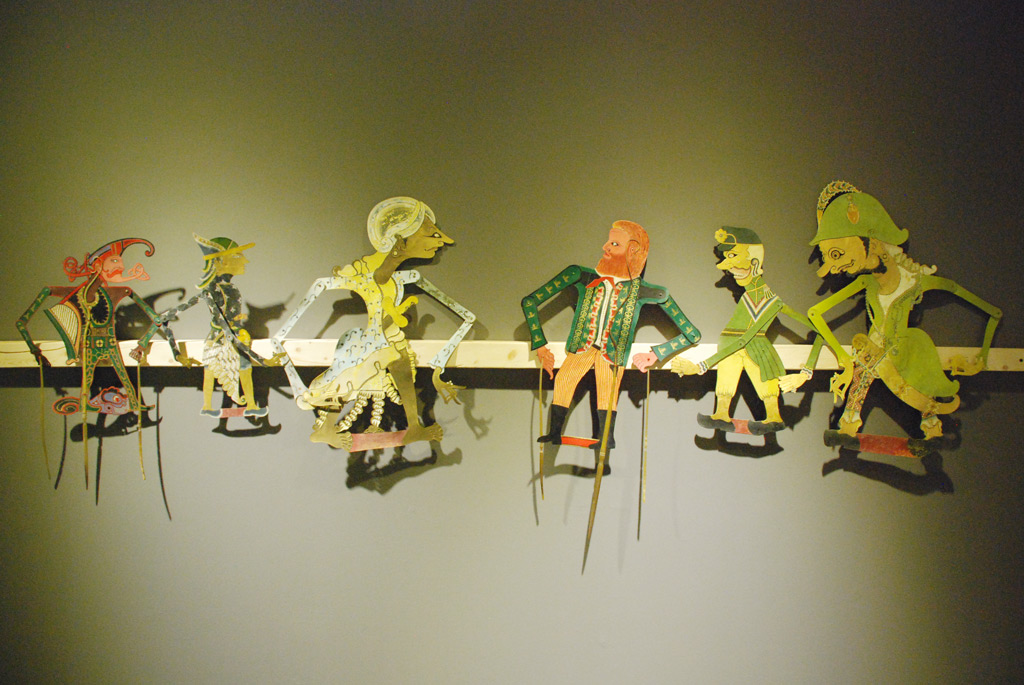
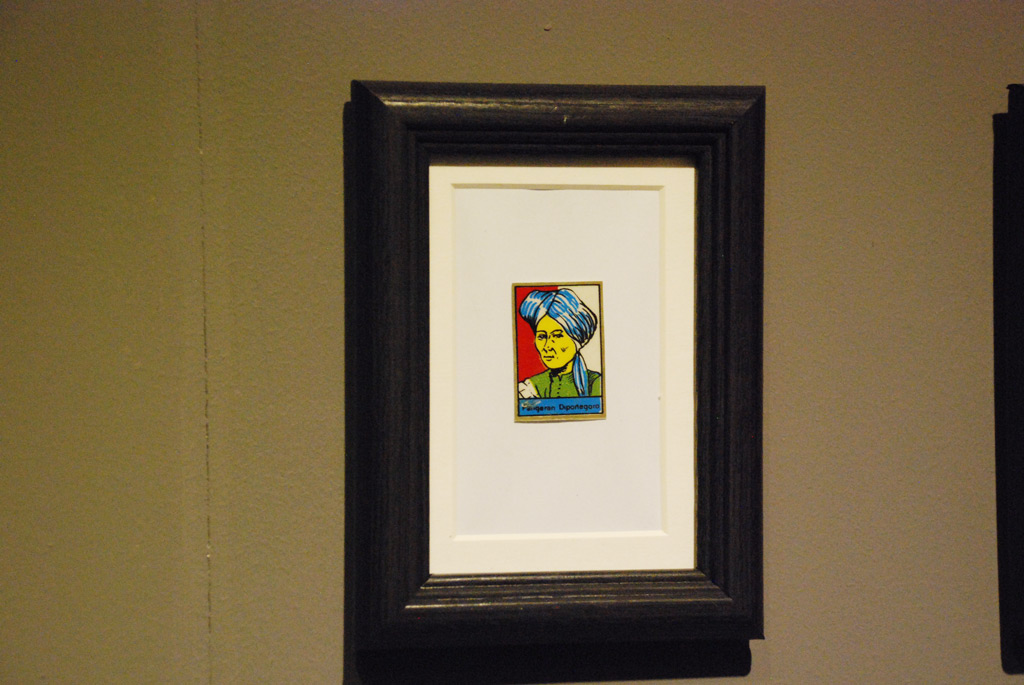
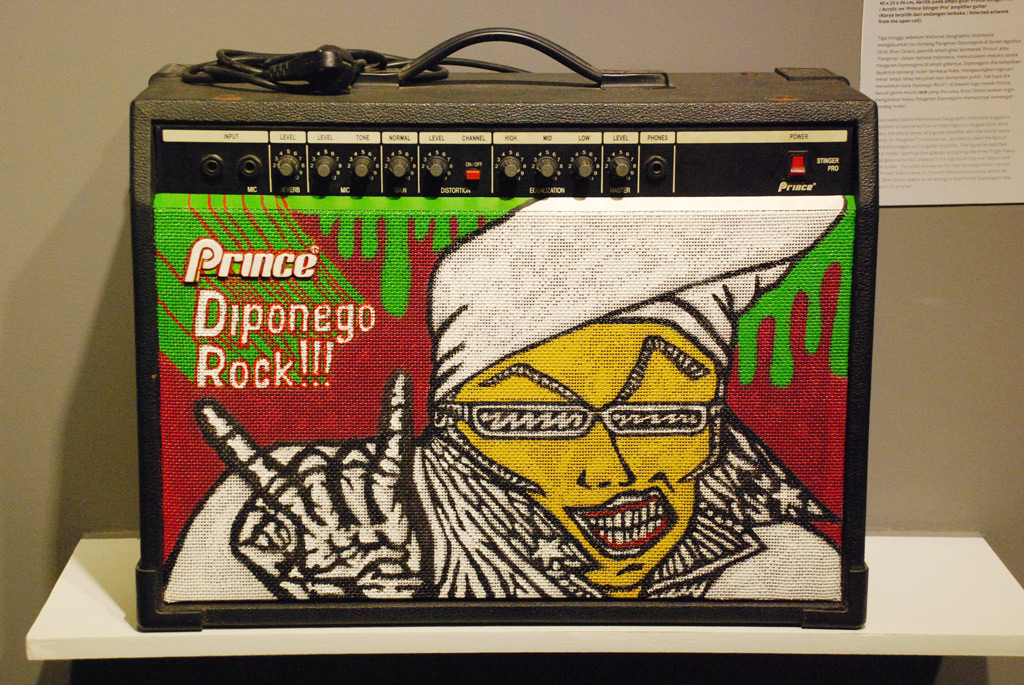
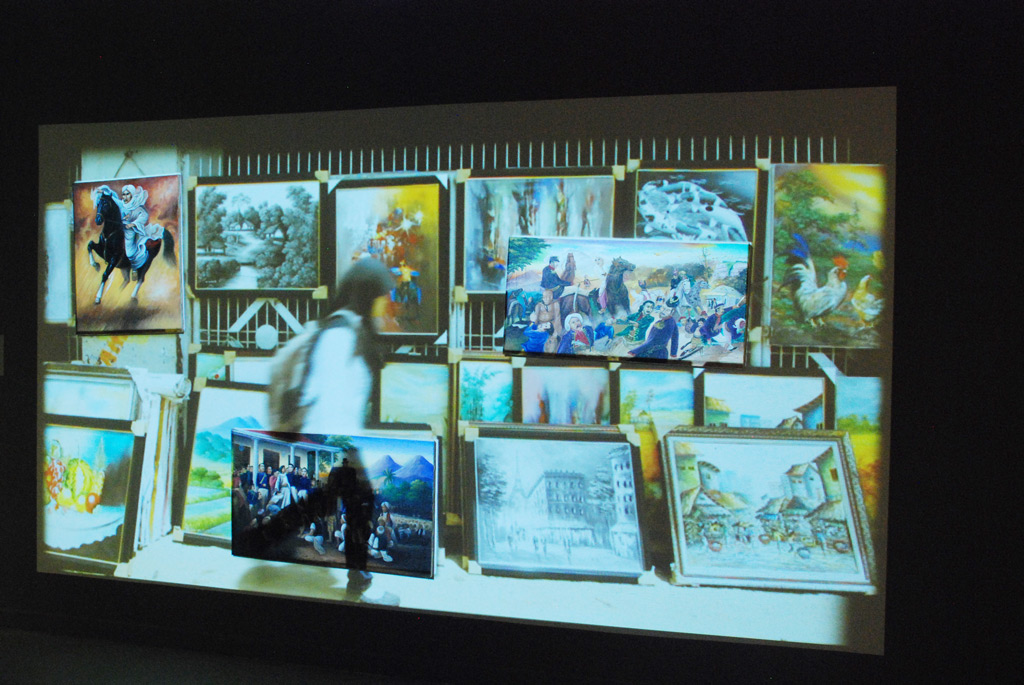


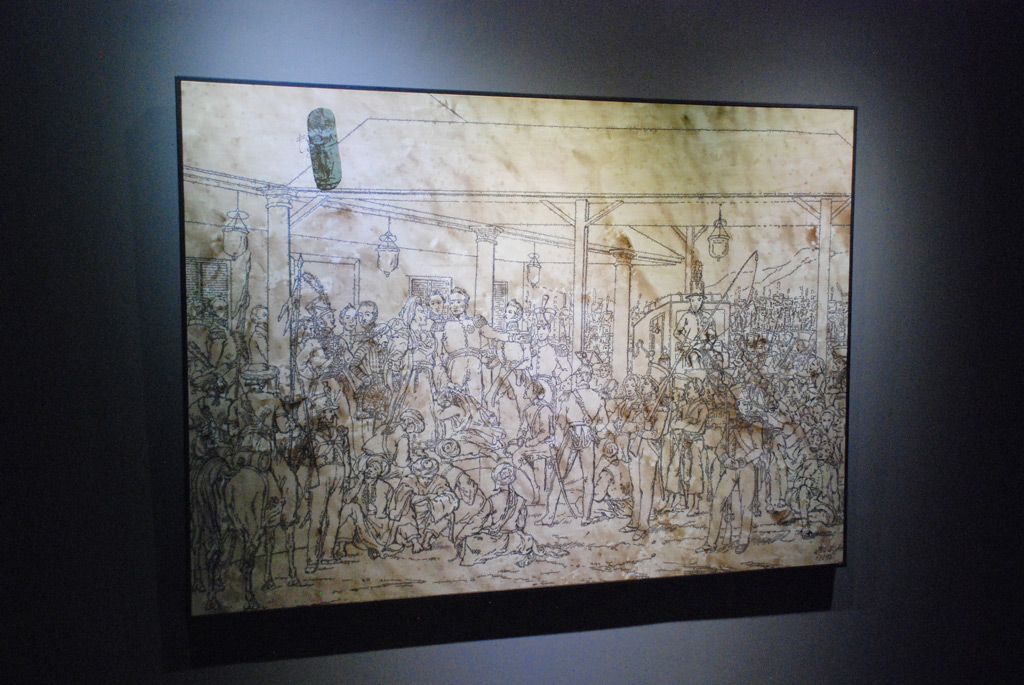


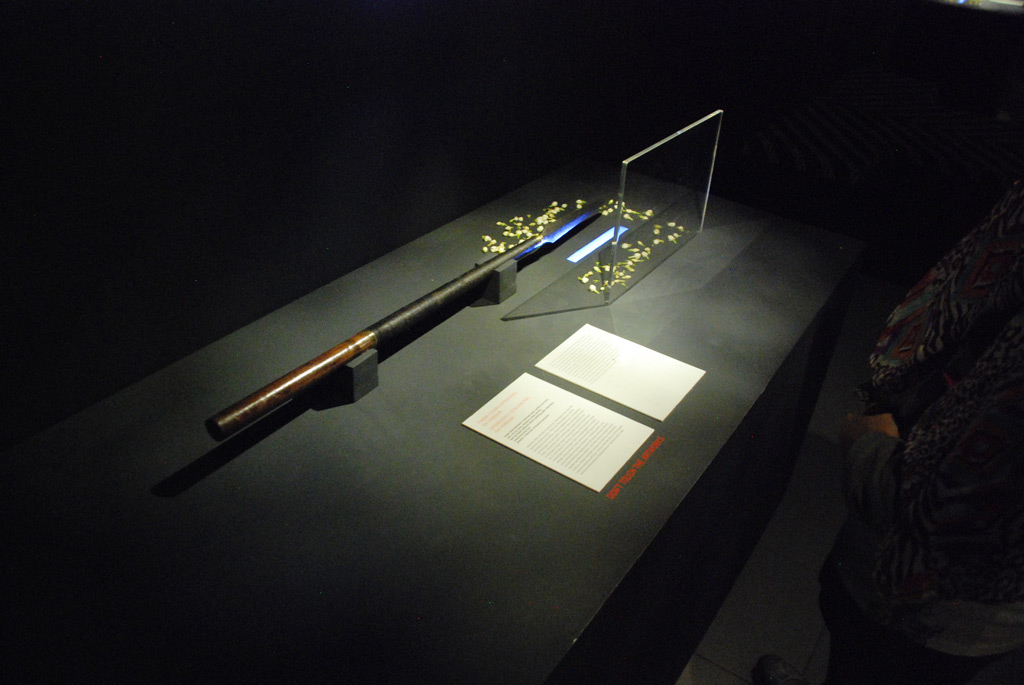

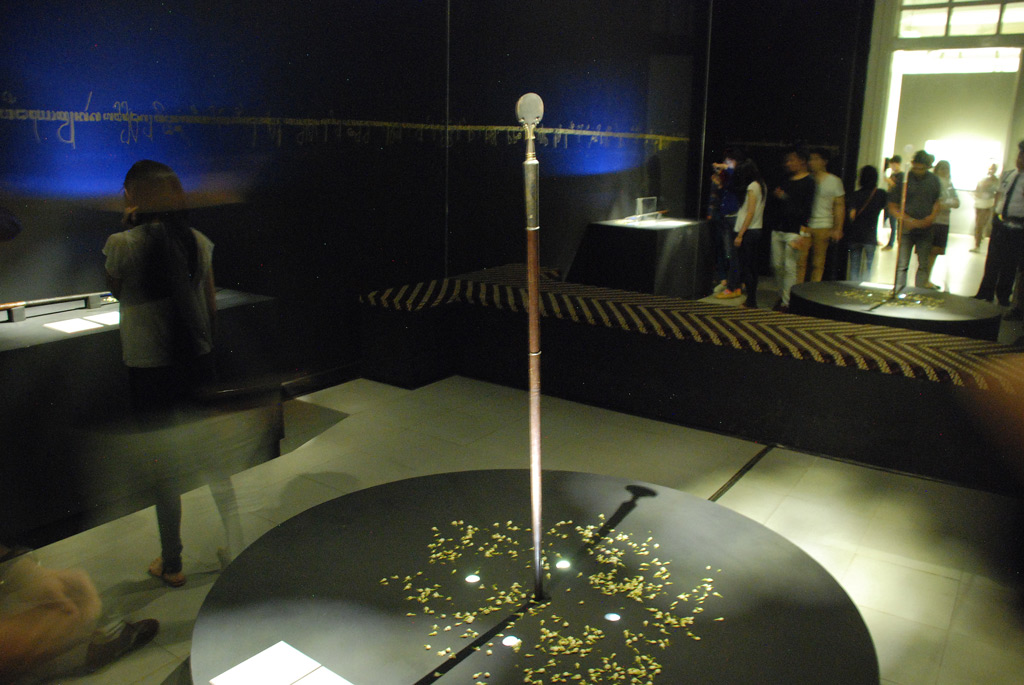
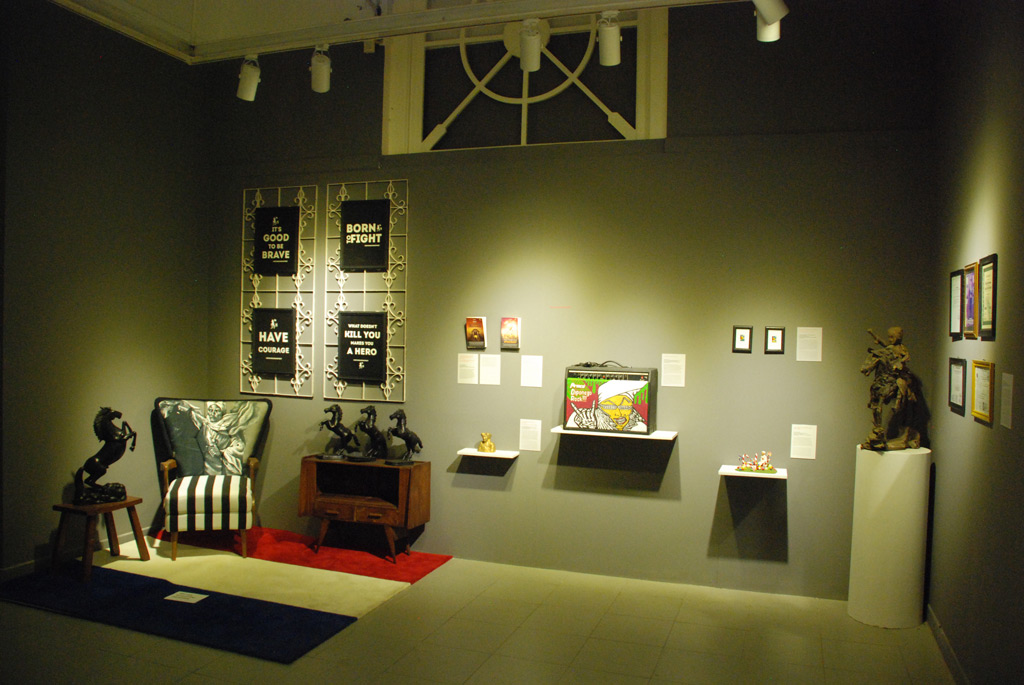








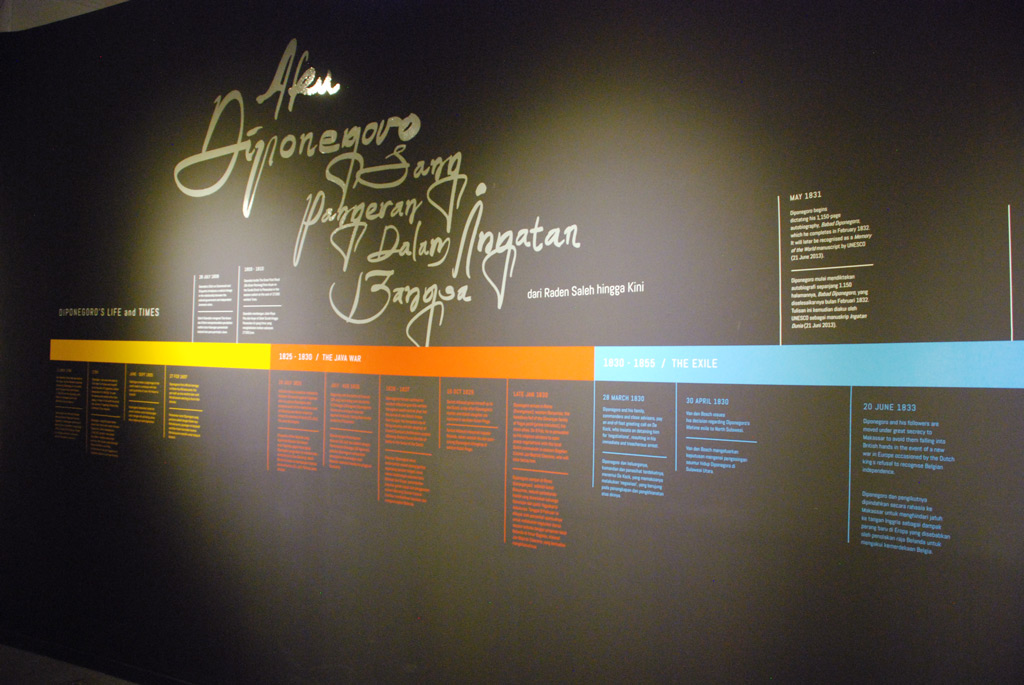
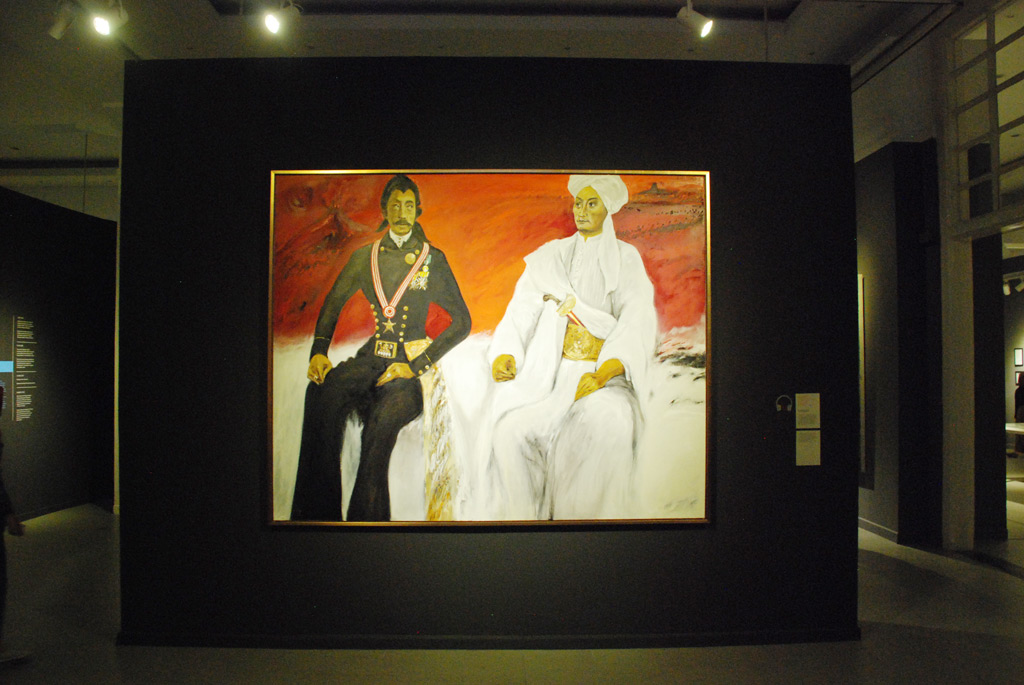
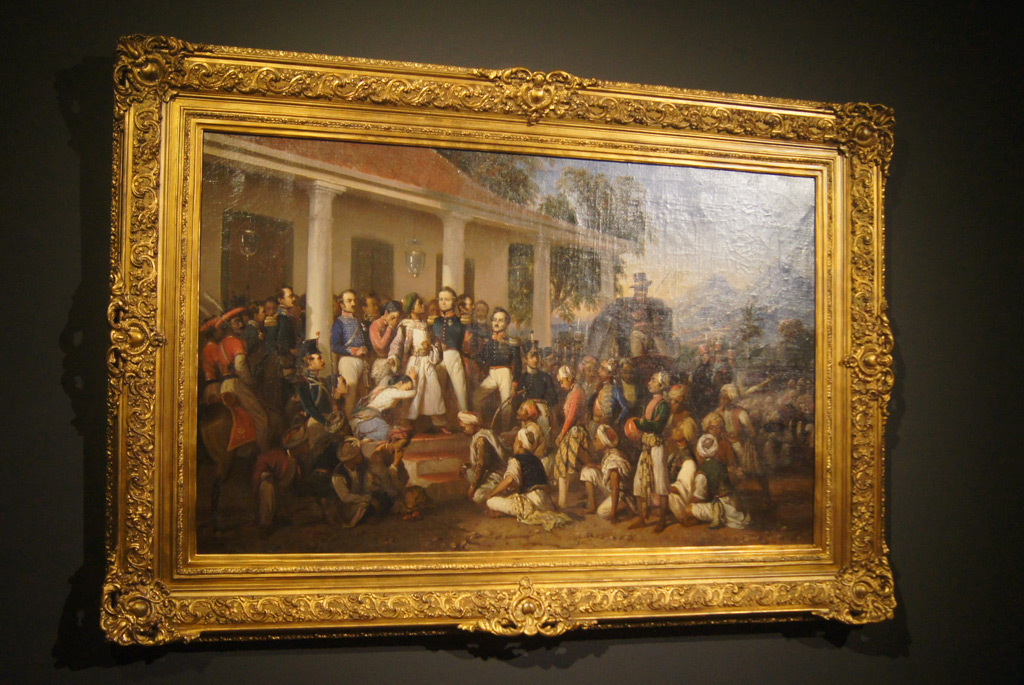
Rebellion as a resistance, an act of refusal to obey some kind of authority, has always been a part of civilization. The story of how Adam and Eve got banished from the heavens because of eating fruit from the forbidden tree might be the first act of rebellion. And as time keeps going rebellion often continued to be a part of the history of humankind – from the ancient Greeks, the American Revolutionary war, The French Revolution, The Meiji Restoration, to civil war. Figures arise from those rebellions, with names like Julius Caesar, Kemal Attaturk, Vladimir Lenin, to the famous Che Guevara who became the omnipresent icon and worldwide badge of rebellion in popular culture.
As one of the most painted local hero of Indonesia, where his pictures can be seen in most classroom and streets around the country, it is a well-known fact that Diponegoro is one respected name in the Indonesian revolution. Though he was born into the royal family of Yogyakarta, he didn’t choose to live a privileged life. Born with the name of Mustahar as the first son of Hamengkubuwono III, Diponegoro refused his monarch right to be the successor of his father, instead choosing to live with his people and took an interest into the religion. His resistance evolved when the Dutch infiltrated the kingdom, courtroom and government of Jogja and started to collect unreasonable tax from the people. Diponegoro then lead his people to resist the Dutch with a Holy War. This war-which was later called the Java War, cost the Dutch 15.000 armies and 20 million Gulden.
When Diponegoro was finally captured by the Dutch, that event became a big news for the Dutch. Snatched cunningly by the Dutch general, Hendrik Merkus de Kock, the Dutch military invited a painter named Nicolaas Pieneman to make a painting of this moment. Pienerman depicted the capture of Diponegoro just as de Kock described it where Diponegoro was handcuffed and bowed along with his disciples. The painting then became part of propaganda about how the Dutch conquered the Java Island around the Europe.
Dissatisfied with the portrayal of Diponegoro in the painting by Pieneman, Raden Saleh-a famous Indonesian painter who happened to be in Europe at that moment worked a “revision” painting. Pieneman’s work titled “Penyerahan Diri Diponegoro” (The Surrender of Diponegoro) and Raden Saleh’s piece titled “Gefangennahme Diepo Negoros/Penangkapan Diponegoro” (The Capture of Diponegoro). In his work, Raden Saleh revised major element of the painting. Pieneman, who never came across to the soil of Indonesia, illustrated the Diponegoro’s disciples with an Arabic facial feaures, Saleh’s brushstrokes described the situation on a more accurate looks, with batik and blangkon as the details. Pieneman paints the situation from the right angle, Saleh from the left one. Pieneman depicted Diponegoro with a jaded face, Saleh portrayed Diponegoro with a firm, angry face, and intentionally drew bigger heads on the Dutch as a hint of their arrogance. Saleh also added an interesting twist to the painting by not illustrating a single weapon on the Diponegoro’s side to indicate that the capture of Diponegoro occured during Ramadhan, that he was coming to the place with a pure goodwill.
The Diponegoro an-sich painting was done in the year 1857-about two year after the demise of Diponegoro and became a research object for artists around the world, including Europe, which then raised awareness regarding the political ethics of European countries in the colonial countries, it was also Southeast Asia’s first historical painting. Making it a national treasure as well as the most important and expensive painting from Indonesia. Fortunately, the recently restored painting is available for public viewing from 06 February to 06 March 2015 as part of A Prince for All Seasons: Diponegoro in the Memory of the Nation from Raden Saleh to the Present exhibition, an Galeri Nasional, Jakarta. The exhibition curated by Jim Supangkat, Dr. Werner Kraus from the Center for Southeast Asian Art, and Prof. Dr. Peter Carey, a historian at the University of Oxford and author of the Diponegoro biography: The Power of Prophecy.
The event not only exhibits the Raden Saleh’s painting, continuing the successful previous exhibition of Raden Saleh on 2012, Aku Diponegoro features all things related to the prince: personal items from Diponegoro, paintings of him, to the latest interpretation of the prince by contemporary artists.
On an interview about this exhibition, Peter Krauss said, “We are interested in the different receptions of Diponegoro in different times. How did the early Indonesian nationalists construct Diponegoro in order to make him a national icon, and how was Diponegoro instrumentalized by the New Order military leaders? And what is the perception of Diponegoro the national hero in post-modern Indonesia? These are questions we are interested in and to answer them we need the participation of the people”. Jim Supangkat also adds, “Diponegoro is one local hero that painted by so many artists, from street artist to well-known ones”.
The result is an eclectic exhibition that represent Diponegoro in various colors and shapes. There is a portrait of Diponegoro by Soedjono Abdullah, Harijadi Sumodidjojo, Basuki Abdullah, Sudjojono, and Hendra Gunawan. The second section of the exhibition is filled with the interpretation of the contemporary artists regarding the figure of the Java prince, which includes the works of Srihadi Soedarsono, Heri Dono, Nasirun, and Entang Wiharso.
Another room is filled with the personal artifacts of Diponegoro, where stuff like his horse saddle, beds, chairs used at home resident Kedu and the long lost staff displayed. The recently returned staff looks very magical in the center of the room – especially because it has been on the other side of the world for almost two centuries. The staff safely returned to Indonesia after Peter Carey traced the history and found that the artifact was in the hands of the family of ex-Dutch East Indies Governor, Jean Chretien Baud (1833-1834).
The restoration process of Raden Saleh’s painting lead by Susanne Erhards is also exhibited in this event. The event displays the explanation, photos, and documentation from the process of restoration by GRUPPE Ki:iln (Cologne, Germany).
The third section contains artworks with the image of Diponegoro that is collected from the street artist, including painting on glass, sculptures, batik, comics, t-shirts, political posters, money and photography. This section aims to capture the interpretation of Pangeran Diponegoro from the angle of low-art. “By displaying all of the artworks from all of those concepts, we put a challenge to the tradition that puts a great gap between high art and low art,” Krauss adds. A perfect approach that capture the spirit to the icon of Indonesian revolution: Pangeran Diponegoro.
